China’s Tianzhou-4 cargo spacecraft deployed a small satellite before deorbiting
Wednesday, 30 November 2022 09:08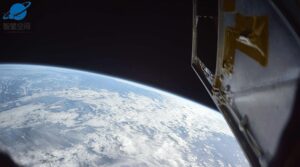
China’s Tianzhou-4 cargo spacecraft released a small satellite after its departure from the Tiangong space station and ahead of its controlled deorbiting.
The post China’s Tianzhou-4 cargo spacecraft deployed a small satellite before deorbiting appeared first on SpaceNews.
Chinese spaceship with 3 aboard docks with space station
Wednesday, 30 November 2022 08:00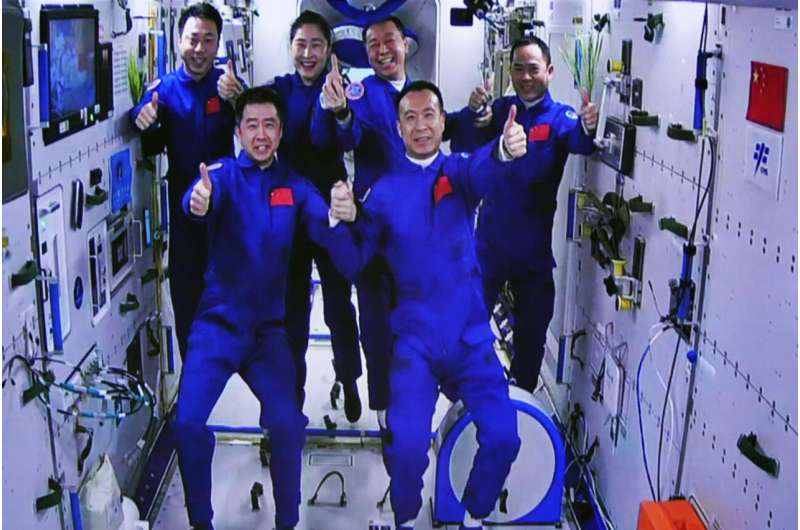
NASA cancels greenhouse gas monitoring satellite due to cost
Wednesday, 30 November 2022 08:00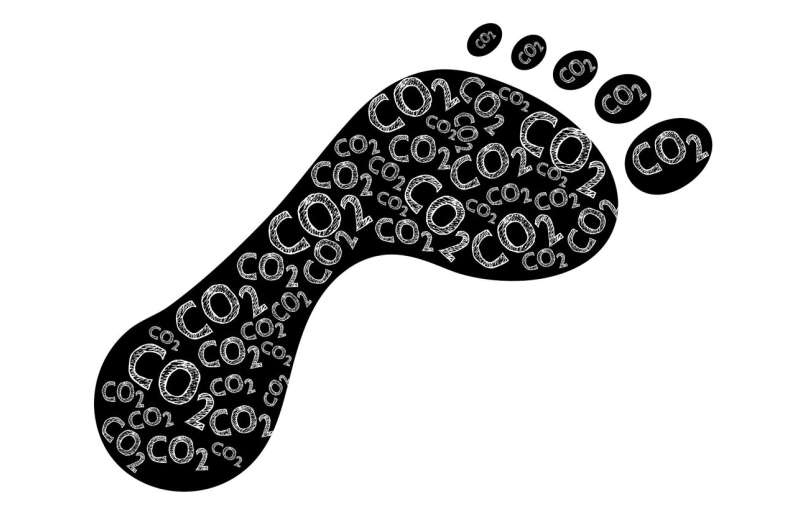
NASA is canceling a planned satellite that was going to intensely monitor greenhouse gases over the Americas because it got too costly and complicated.
But the space agency said it will still be watching human-caused carbon pollution but in different ways.
NASA on Tuesday announced that its GeoCarb mission, which was supposed to be a low-cost satellite to monitor carbon dioxide, methane and how plant life changes over North and South America, was being killed because of cost overruns.
When it was announced six years ago, it was supposed to cost $166 million, but the latest NASA figures show costs would balloon to more than $600 million and it was years late, according to NASA Earth Sciences Director Karen St. Germain.
Unlike other satellites that monitor greenhouse gases from low Earth orbit and get different parts of the globe in a big picture, GeoCarb was supposed to be at a much higher altitude of 22,236 miles (35,786 kilometers) from one fixed place in orbit and focus intently on North and South America. That different and further perspective proved too difficult and costly to get done on budget and on time, St.
China latest astronaut crew docks at the Tiangong Space Station
Tuesday, 29 November 2022 23:56 China on Tuesday launched the Shenzhou-15 spacecraft carrying three astronauts to its space station, where they will complete the country's first-ever crew handover in orbit, state news agency Xinhua reported. The trio blasted off in a Long March-2F rocket at 11:08 pm (1508 GMT) from the Jiuquan launch centre in northwestern China's Gobi desert, Xinhua said, citing the China Manned Space Administration (CMSA)
China on Tuesday launched the Shenzhou-15 spacecraft carrying three astronauts to its space station, where they will complete the country's first-ever crew handover in orbit, state news agency Xinhua reported. The trio blasted off in a Long March-2F rocket at 11:08 pm (1508 GMT) from the Jiuquan launch centre in northwestern China's Gobi desert, Xinhua said, citing the China Manned Space Administration (CMSA) Shenzhou 15 astronauts arrive at China’s space station for first crew handover
Tuesday, 29 November 2022 22:09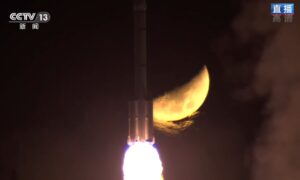
China has six astronauts aboard its recently-completed space station for the first time following the arrival of three crew members aboard Shenzhou-15.
NASA cancels GeoCarb greenhouse gas monitoring mission
Tuesday, 29 November 2022 21:49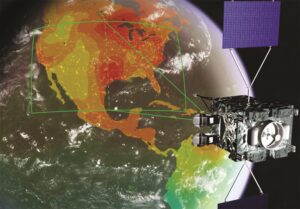
NASA has canceled a greenhouse gas monitoring mission once intended to fly as a commercial hosted payload after the mission lost its ride to orbit and suffered severe cost overruns.
The post NASA cancels GeoCarb greenhouse gas monitoring mission appeared first on SpaceNews.
Shay Har-Noy takes the helm at Edgybees
Tuesday, 29 November 2022 21:29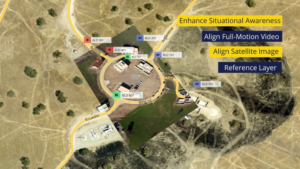
Shay Har-Noy, former Spire Global general manager for aviation and a former DigitalGlobe and Maxar Technologies vice president, has taken the helm at Edgybees, a company that specializes in aligning satellite and aerial still and full-motion imagery.
The post Shay Har-Noy takes the helm at Edgybees appeared first on SpaceNews.
Image: Hubble Telescope spies sparkling spray of stars in NGC 2660
Tuesday, 29 November 2022 21:09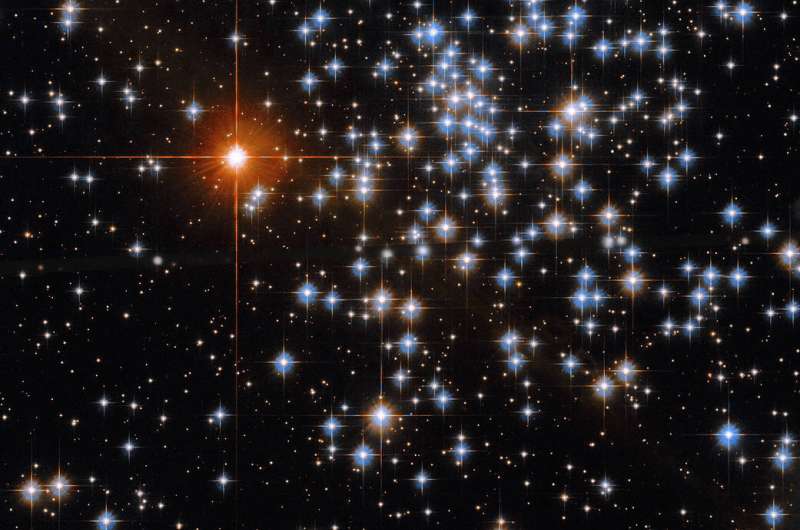
This glittering group of stars, shining through the darkness like sparks left behind by a firework, is NGC 2660 in the constellation Vela, best viewed in the southern sky. NGC 2660 is an open cluster, a type of star cluster that can contain anywhere from tens to a few hundreds of stars loosely bound together by gravity.
The stars of open clusters form out of the same region of gas and dust and thus share many characteristics, such as age and chemical composition. Unlike globular clusters—their ancient, denser, and more tightly-packed cousins—open clusters are easier to study since astronomers can more easily distinguish between individual stars. Their stars can be old or young, and they may disperse after a few million years into the spiral or irregular galaxies where they are born.
The spikes surrounding many of the stars in this image are "diffraction spikes," which occur when the glow from bright points of light reflects off of Hubble's secondary mirror support.
SiriusXM orders pair of satellites to expand in Canada and Alaska
Tuesday, 29 November 2022 20:16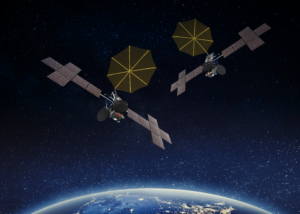
SiriusXM said Nov. 29 it has ordered two more satellites from Maxar Technologies to expand its radio broadcasting constellation.
The post SiriusXM orders pair of satellites to expand in Canada and Alaska appeared first on SpaceNews.
Japanese company aims to put first private lander on Moon, with UAE rover on board
Tuesday, 29 November 2022 20:11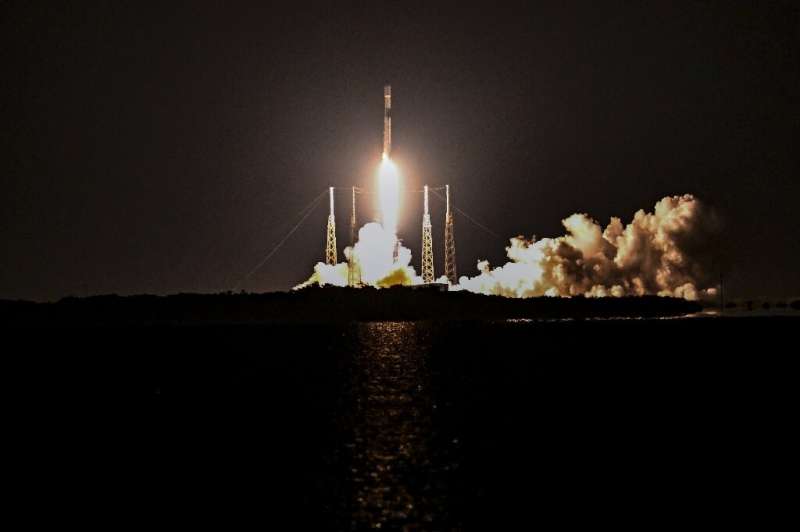
SpaceX is set Wednesday to launch the first private—and Japanese—lander to the Moon.
A Falcon 9 rocket is scheduled to blast off at 3:39 am (0839 GMT) from Cape Canaveral, Florida, with a backup date on Thursday.
Until now, only the United States, Russia and China have managed to put a robot on the lunar surface.
The mission, by Japanese company ispace, is the first of a program called Hakuto-R.
The lander would touch down around April 2023 on the visible side of the Moon, in the Atlas crater, according to a company statement.
Measuring just over 2 by 2.5 meters, it carries on board a 10-kilogram rover named Rashid, built by the United Arab Emirates.
Developing the low-energy ion spectrometer for the Chinese BeiDou-3 satellite
Tuesday, 29 November 2022 20:00
In our daily lives, we rely on weather forecasts to know whether it will rain tomorrow. The monitoring and prediction of space weather such as geomagnetic storms and substorms are also vital for the operation safety of satellites outside the atmosphere and the living conditions of astronauts in space. However, space weather is far more unpredictable than the weather on Earth, which depends on in-situ measurements of plasma parameters by satellites.
A research team, led by Prof. Wang Yuming and Prof. Shan Xu from the University of Science and Technology of China (USTC) of the Chinese Academy of Sciences, developed a low-energy ion spectrometer (LEIS) onboard a Chinese geosynchronous satellite, the BeiDou-3 satellite.
The LEIS is designed for measurement of the ion energy per charge distribution with good energy-, angular-, and temporal-resolutions, which is helpful for space weather monitoring and early warning. Recently, the scientific data acquired by the LEIS were published in Science China Technological Sciences.
Starting in 2012, the research team designed and realized the LEIS payload that meets the requirements of a magnetospheric mission. Through simulation and experimental tests, the LEIS payload had been valuated and calibrated, and it was finally finished in 2017.
U.S. Space Command supports use of ‘responsive launch’ to deter China and Russia
Tuesday, 29 November 2022 19:29
Gen. James Dickinson, head of U.S. Space Command, said the U.S. military should take advantage of commercially available launch options and vehicles that can operate from multiple locations
UK firm to release GEO-compatible smartphone early next year
Tuesday, 29 November 2022 18:49
British handset maker Bullitt said Nov. 29 it will release a smartphone early next year capable of sending and receiving texts via satellites in geostationary orbit.
The post UK firm to release GEO-compatible smartphone early next year appeared first on SpaceNews.
Pentagon report: China’s space strategy shaped by technological change
Tuesday, 29 November 2022 17:58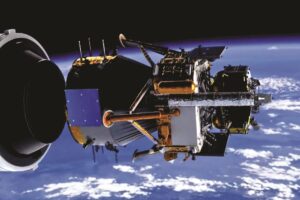
The Pentagon in its 2022 report on China's military capabilities says the PLA continues to develop weapons for use against satellites in orbit
The post Pentagon report: China’s space strategy shaped by technological change appeared first on SpaceNews.
Europa's plate tectonic activity is unlike Earth's
Tuesday, 29 November 2022 16:56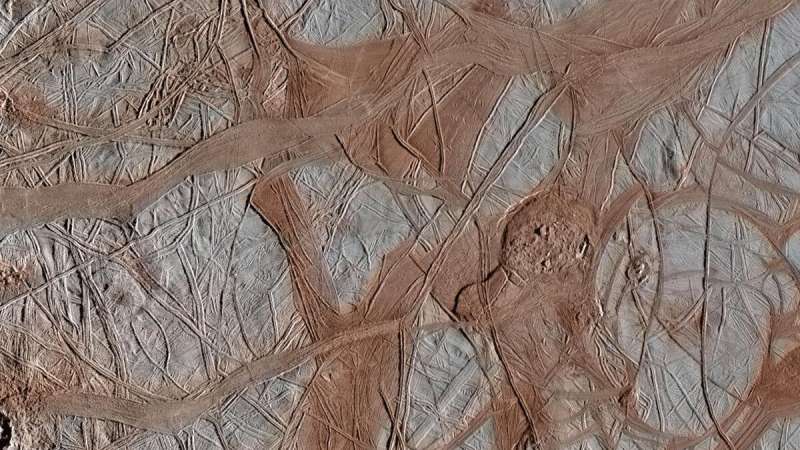
Plate tectonics represents a defining framework of modern geoscience, accounting for large-scale features on Earth's surface, such as mountains and valleys, as well as the processes that shape them, like volcanoes and earthquakes. Present-day plate tectonics have not been observed on any other world in the solar system, and evidence of past activity on planets such as Mars and Venus is circumstantial.

